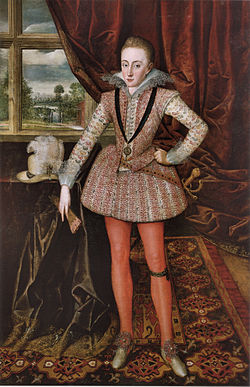Textile arts

Textile arts are arts and crafts that use plant, animal or synthetic fibres to construct practical or decorative objects.
Textiles have been used since the beginning of civilization.[1][2] Many methods and materials used to make them, but the functions of textiles have stayed the same.
The history of textile arts is also the history of international trade. Tyrian purple ("imperial purple") dye was important in the ancient Mediterranean. The Silk Road brought Chinese silk to India, North Africa, and Europe. In many countries, laws controlled who could buy and wear fine textiles. This was because they were a symbol of social class and status.
The Industrial Revolution started a revolution of textiles technology: the cotton gin, the spinning jenny, and the power loom mechanized production. The mechanisation of hand work was opposed by the Luddite rebellion.

